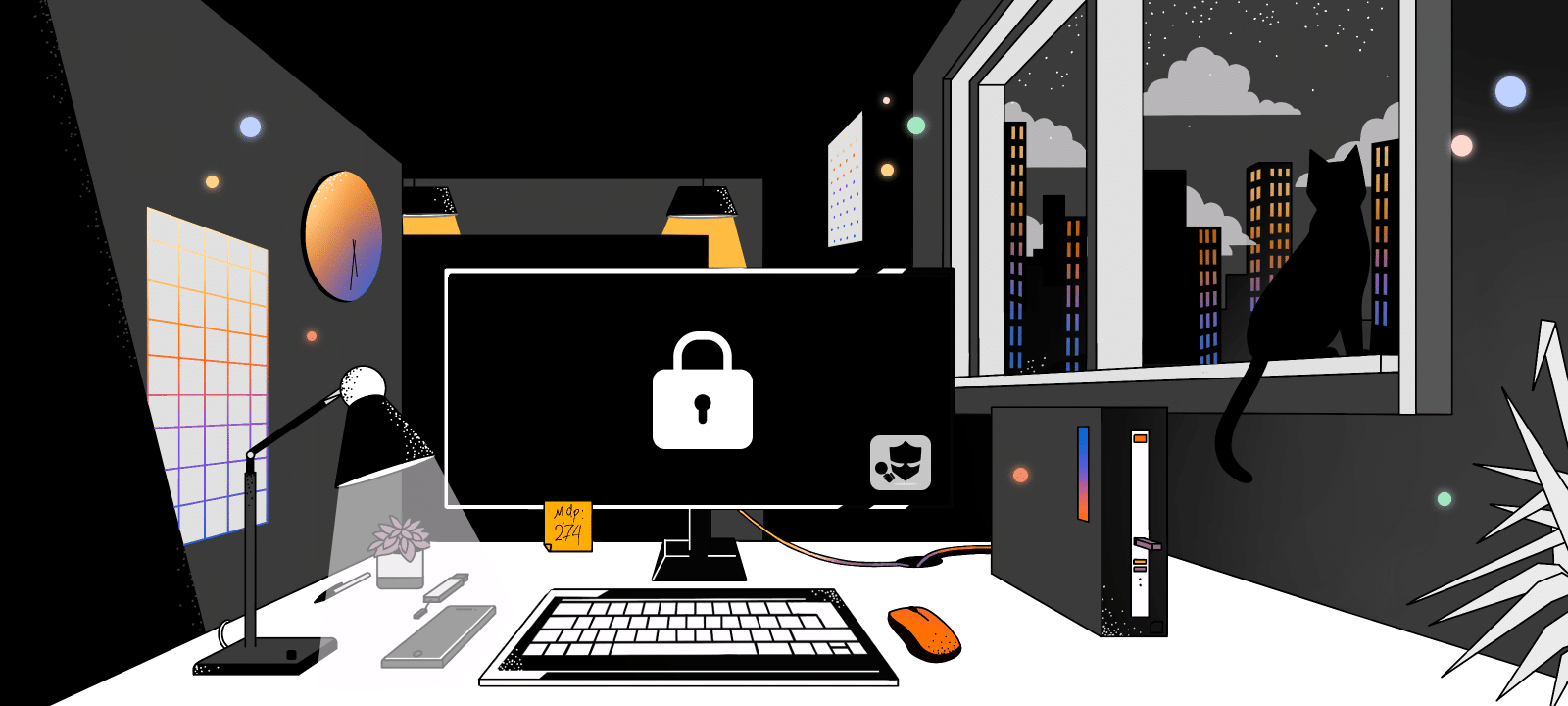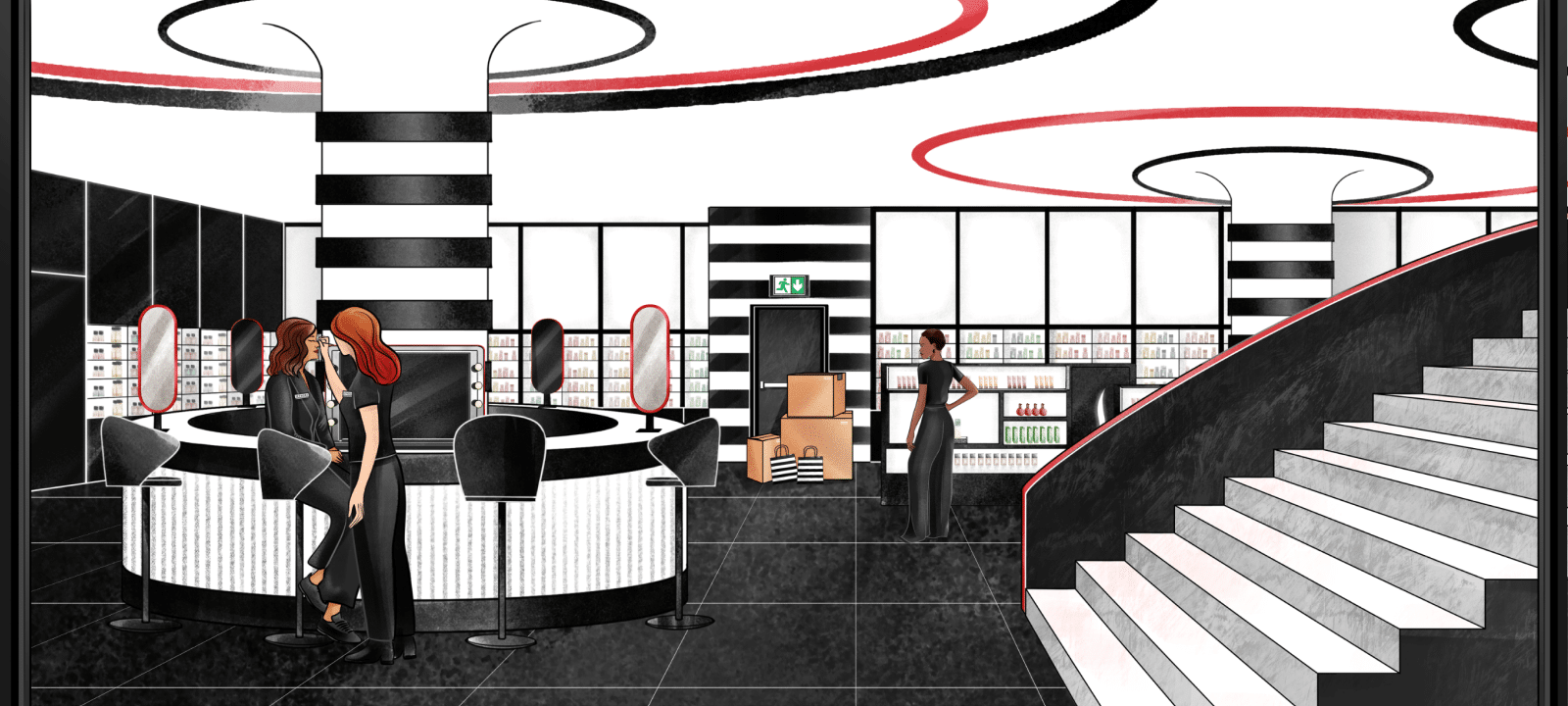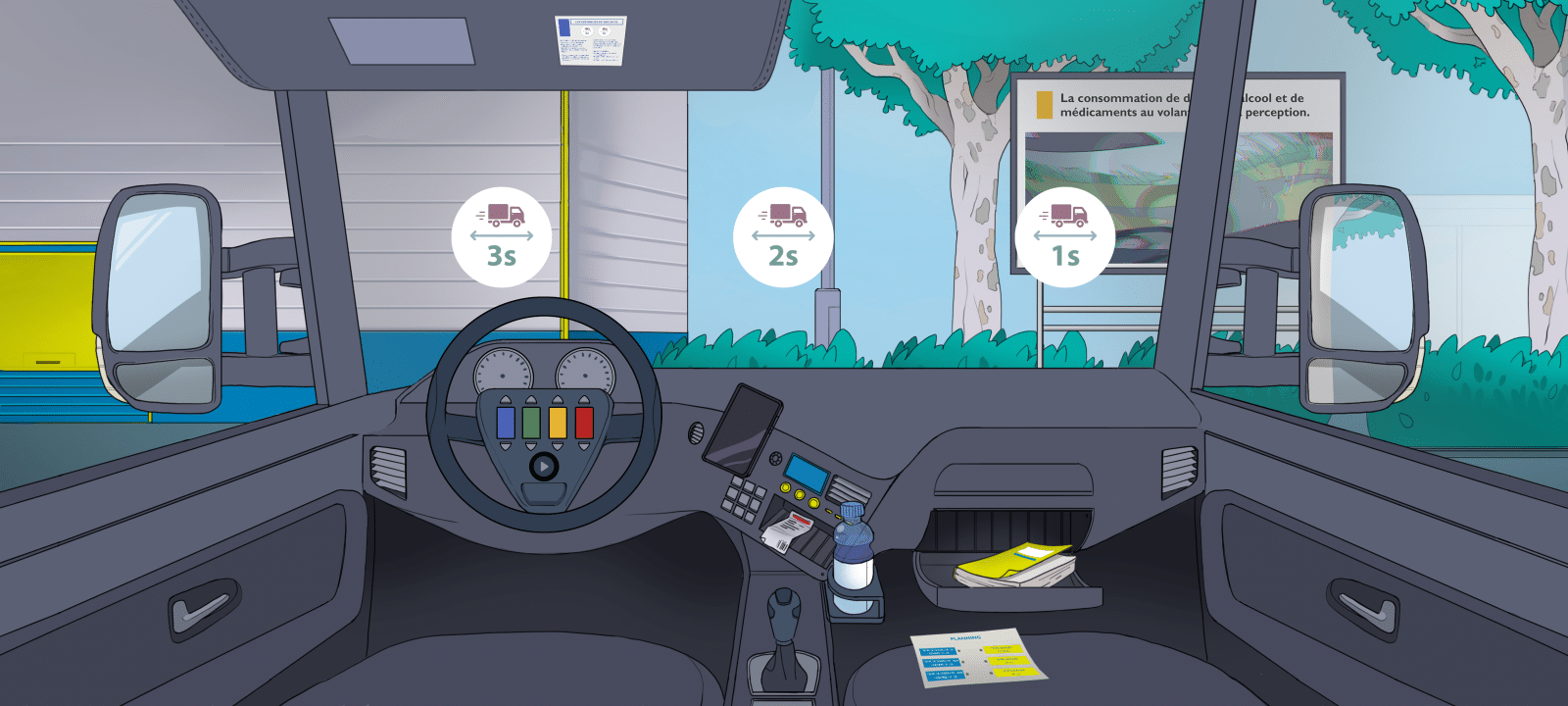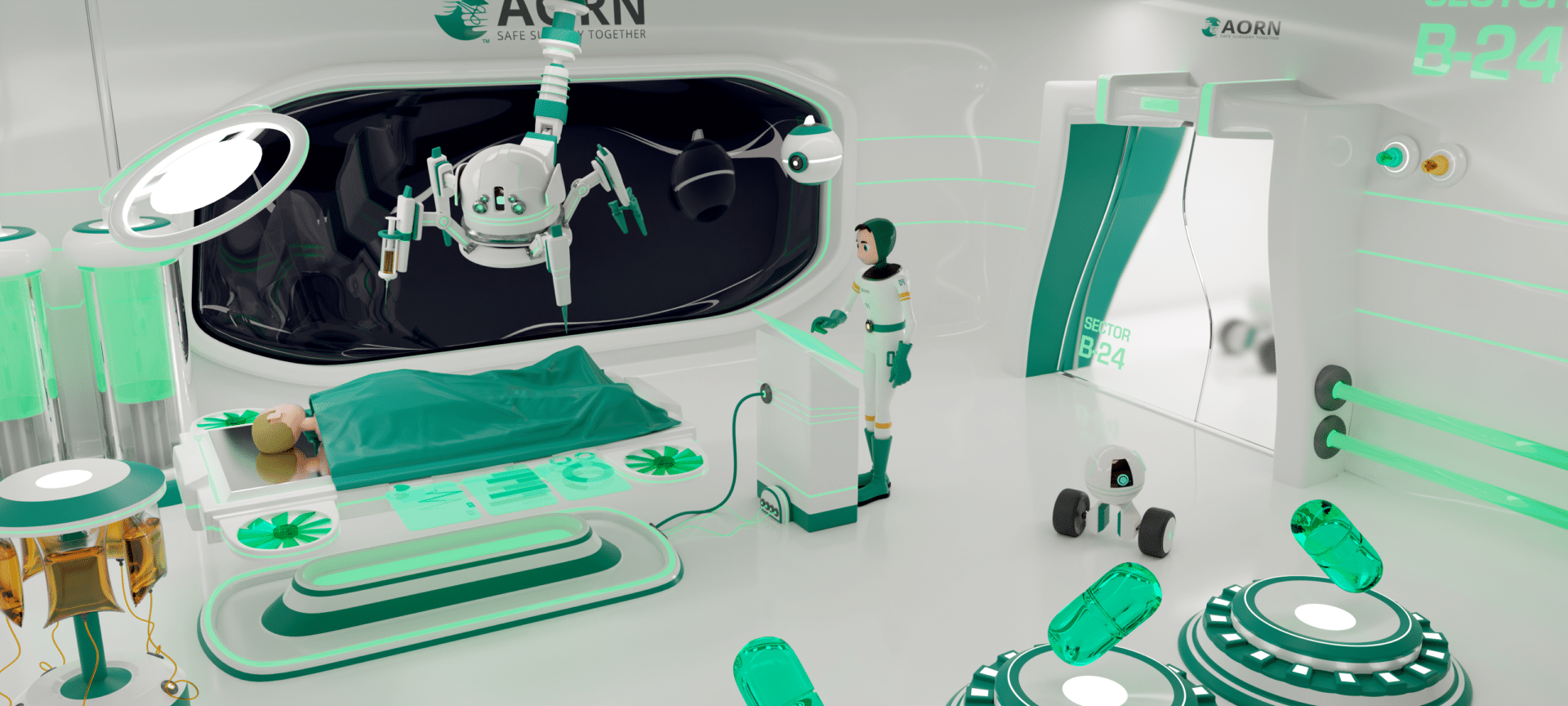
3 Examples of Workplace Safety Games to Improve Risk Prevention

Workplace safety is an essential focus for businesses across industries. From preventing accidents to fostering a culture of awareness, effective safety practices ensure both employee well-being and operational efficiency. One innovative way to enhance these practices is through workplace safety games—gamified training tools that combine engagement with education to deliver impactful results. Here, we explore three real-world examples of workplace safety games and highlight how they can improve risk prevention strategies.
1. Sephora: Engaging Beauty Consultants Through Gamified Learning
Sephora, a global leader in beauty retail, sought a solution to improve health and safety awareness among employees in retail stores and offices. To address shared risks such as accidental falls, fire evacuations, and logistical challenges, Sephora adopted a 2D escape room microlearning game tailored to beauty consultants and retailers worldwide.
- Microlearning Modules: Short, interactive lessons focused on key safety topics, including proper evacuation protocols, safety guidelines, and workplace accident prevention.
- Scenario-Based Challenges: Realistic scenarios in warehouses and stores highlight risks such as falling from heights and logistical dangers, including machinery and conveyor operations.
- Mobile Accessibility: Gamified mobile learning ensures employees can participate conveniently, breaking down barriers to training.
- Multilingual Approach: Available in over 20 languages, the game ensures inclusivity and relevance for Sephora’s global workforce.
By leveraging this serious game, Sephora has enhanced its employees’ awareness of workplace safety, helping reduce accidents and fostering a culture of well-being. The engaging format ensures better retention of guidelines compared to traditional training, making it a powerful tool in their risk prevention strategy.
To learn more about how Sephora’s safety game transformed their workplace, check out our case study.
2. EVEN: Raising Awareness with Multiplayer Escape Room
EVEN, an industrial group operating across Europe, collaborated with Emeraude Escape to create a 2D multiplayer Escape Room game to train over 6,000 employees on occupational health and safety. This innovative game emphasized risk prevention in three key workplace areas: warehouses, factories, and commercial freight vehicles.
- Collaborative Gameplay: Employees worked in teams to solve puzzles, reinforcing safety knowledge through shared problem-solving.
- Points and Rewards System: Bonus and penalty points based on puzzle responses added a competitive edge, encouraging full participation.
- Bilingual Support: Training was delivered in both French and German, ensuring accessibility for the entire workforce.
- Broad Safety Focus: The game covered a wide range of topics, from logistical risks in warehouses to proper practices in factory settings and vehicle safety protocols.
The gamified approach made learning engaging and interactive, leading to higher participation rates and better knowledge retention. EVEN reported improved employee awareness and a noticeable shift in workplace culture toward proactive safety practices.
To learn more about EVEN’s safety game and its impact on workplace culture, check out our case study.

3. AORN: Virtual Escape Rooms for Medical Training
The Association of periOperative Registered Nurses (AORN) partnered with Emeraude Escape to create virtual escape rooms for perioperative nurse training. These games targeted both hard and soft skill development, addressing critical safety concerns such as the prevention of retained surgical items (RSIs) and reconciling count discrepancies.
- Immersive Scenarios: Nurses engaged in virtual escape rooms designed to simulate high-stakes medical situations, such as addressing surgical smoke safety.
- Comprehensive Training: The game incorporated practices to enhance interdisciplinary approaches and rapid decision-making in operating rooms.
- Interactive Problem-Solving: Participants gained hands-on experience in navigating complex scenarios, reinforcing theoretical knowledge with practical applications.
This gamified training approach significantly boosted engagement and knowledge retention compared to traditional methods. AORN’s nurses reported increased confidence in addressing real-world challenges, highlighting the value of interactive learning tools in medical safety training.
To learn more about AORN’s virtual escape room approach to safety training, check out our case study.

The Benefits of Workplace Safety Games
These case studies highlight the powerful impact of gamified learning on workplace safety. Here are some of the main benefits that make safety games essential for preventing risks:
- Enhanced Engagement: Gamification captures attention and motivates participation, making safety training more enjoyable and effective.
- Improved Knowledge Retention: Interactive formats, such as puzzles and escape rooms, foster better memory recall compared to passive learning methods.
- Team Collaboration: Multiplayer games encourage teamwork, reinforcing shared responsibility for safety.
- Customizable Content: Games can be tailored to address industry-specific risks and multilingual workforces, ensuring relevance and inclusivity.
- Actionable Insights: Analytics from gamified training can provide valuable feedback on employee performance and highlight areas for improvement.
How to Incorporate Gamified Safety Training
To successfully integrate safety games into your workplace, consider the following steps:
1. Identify Key Risks: Analyze your workplace to pinpoint the most pressing safety concerns, such as falls, machinery risks, or emergency plans.
2. Choose the Right Format: Decide whether escape rooms, puzzle games, or microlearning modules best suit your training objectives.
3. Engage Experts: Partner with professionals like Emeraude Escape to design a game tailored to your workforce’s needs.
4. Promote Participation: Encourage employees to engage with the training by highlighting its benefits and adding rewards for participation.
5. Measure Impact: Use analytics and feedback to assess the effectiveness of the game and refine future training efforts.
Get Started with Gamified Safety Training Today
Workplace safety games are more than just a trend; they’re a powerful tool for improving risk prevention strategies. As seen with Sephora, EVEN, and AORN, gamified training fosters engagement, enhances knowledge retention, and cultivates a culture of safety. By incorporating these innovative tools into your safety programs, you can create a safer, more informed workplace for all.
Contact us today to create a tailored workplace safety game that will enhance your team’s awareness and safety practices!
Discover


Book A Demo
Get a personalized demonstration by one of our game design experts.


